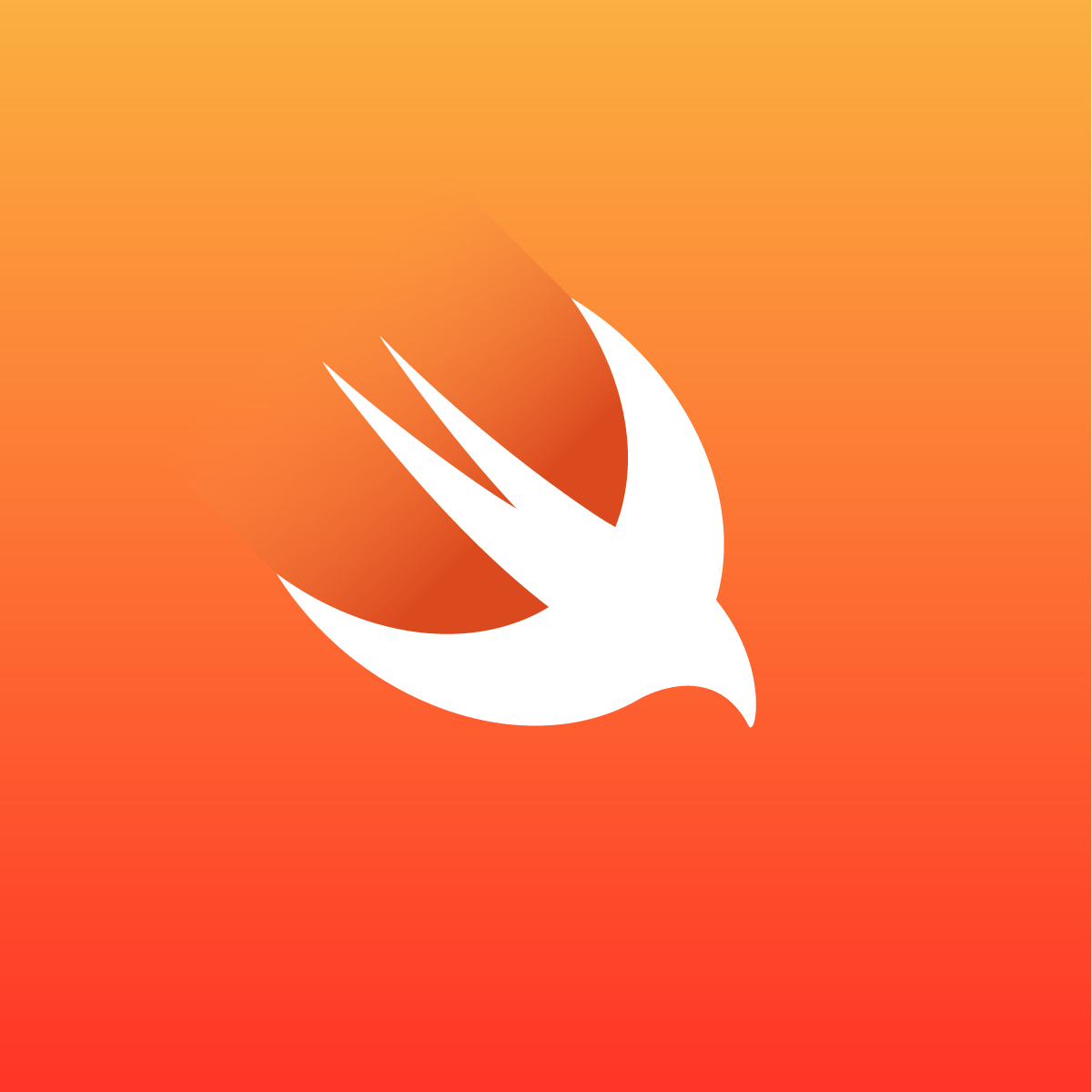- August 28, 2025
- Mins Read
Table of Content
- Overview
- Running an Example Project
- Customizing WLEmptyState
- Contributing to WLEmptyState
- Author
- License
Overview
WLEmptyState is an iOS based component that lets you customize the message when the dataset of UITableView or UICollectionView is empty. We created a sample project with the WLEmptyState component to show how you can use it.
Running an Example Project
To run the Example project:
-
Clone the repo with the following command:
git clone git@github.com:wizeline/WLEmptyState.git -
Move to the
Exampledirectory and run the following command:pod install
Installing WLEmptyState
CocoaPods
WLEmptyState is available through CocoaPods. To install it, add the following command to your Podfile:
pod ‘WLEmptyState’
Carthage
Carthage is a decentralized dependency manager that builds your dependencies and provides you with binary frameworks. To integrate WLEmptyState into your Xcode project using Carthage, specify it in your Cartfile:
github “wizeline/WLEmptyState”
Configuring WLEmptyState
The WLEmptyState component uses Method Swizzling. Therefore, to configure WLEmptyState, follow these steps:
-
Import the module in the
AppDelegateclass by addingimport WLEmptyState. -
Call the static method
configure()onapplication(_ application:, didFinishLaunchingWithOptions:)method.Your
AppDelegateclass should look like this:
import WLEmptyState
…
func application(_ application: UIApplication, didFinishLaunchingWithOptions launchOptions: [UIApplication.LaunchOptionsKey: Any]?) -> Bool {
WLEmptyState.configure()
return true
}
Using WLEmptyState
Once you have configured WLEmptyState, you can use it for your UITableViewController or UICollectionViewController. You need to conform the WLEmptyStateDataSource protocol. For example,
class YourTableViewController: UITableViewController, WLEmptyStateDataSource {
override func viewDidLoad() {
super.viewDidLoad()
tableView.emptyStateDataSource = self
}
}
After you run your project with an empty dataset for your entity, you’ll be able to see a default WLEmptyState view.
Default Image

Customizing Default WLEmptyState
If you want to customize the text, description, or image, of the default component you need to implement the WLEmptyStateDataSource function. You can find the code for customization in the following list:
- Customize Image
func imageForEmptyDataSet() -> UIImage? {
return UIImage(named: “bubble_icon”)
}
- Customize Title
func titleForEmptyDataSet() -> NSAttributedString {
let title = NSAttributedString(string: “No messages”, attributes: [NSAttributedString.Key.font: UIFont.preferredFont(forTextStyle: .headline)])
return title
}
- Customize Description
func descriptionForEmptyDataSet() -> NSAttributedString {
let title = NSAttributedString(string: “There’s no messages to show.”, attributes: [NSAttributedString.Key.font: UIFont.preferredFont(forTextStyle: .caption1)])
return title
}
Customized Image

Creating your own EmptyState
Using customViewForEmptyState() allows you to provide your own implementation for Empty State.
func customViewForEmptyState() -> UIView? {
let activityIndicatorView = UIActivityIndicatorView()
activityIndicatorView.startAnimating()
activityIndicatorView.color = .purple
return activityIndicatorView
}

Disable scroll
You can disable the scroll when the Empty State is showing. You only need to conform the WLEmptyStateDelegate protocol and return false in the enableScrollForEmptyState() function:
// Conform the WLEmptyStateDelegate protocol
class YourTableViewController: UITableViewController, WLEmptyStateDataSource, WLEmptyStateDelegate {
override func viewDidLoad() {
super.viewDidLoad()
tableView.emptyStateDataSource = self
tableView.emptyStateDelegate = self // Set your delegate
}
func enableScrollForEmptyState() -> Bool {
// To enable/disable the scroll return true or false
return false
}
}
GitHub
- August 27, 2025
- SwiftUI
This package provides you with an easy way to show tooltips over any SwiftUI view, since Apple does not provide ...
- August 27, 2025
- SwiftUI
- Uncategorized
SimpleToast is a simple, lightweight, flexible and easy to use library to show toasts / popup notifications inside iOS or ...
- August 27, 2025
- SwiftUI
Create Toast Views with Minimal Effort in SwiftUI Using SSToastMessage. SSToastMessage enables you to effortlessly add toast notifications, alerts, and ...




